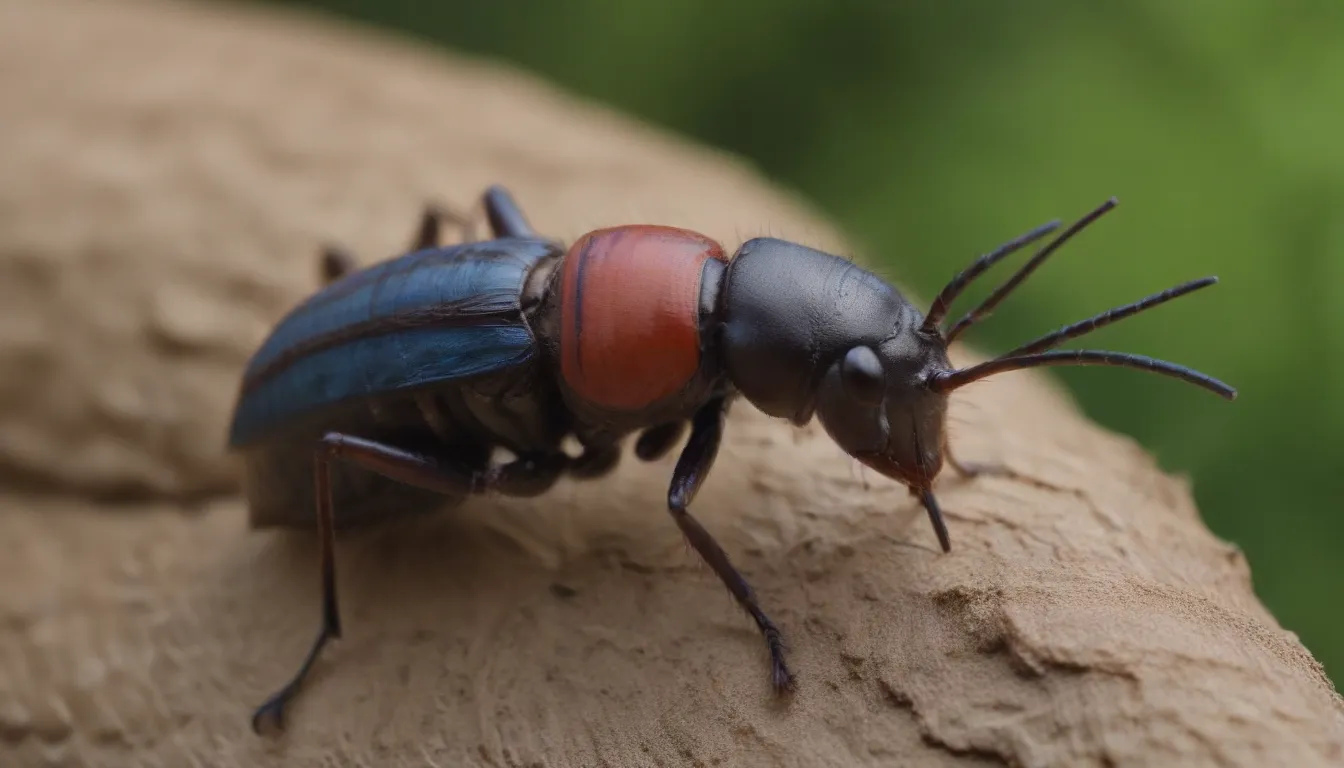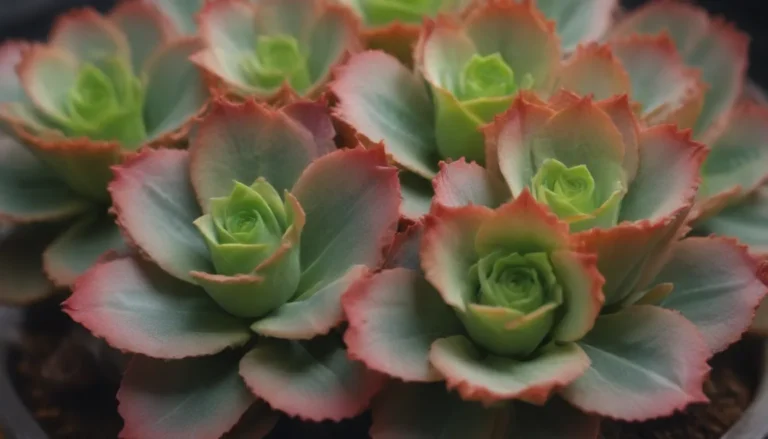Comprehensive Guide to Managing Earwigs in Your Garden

Are you tired of seeing those ominous-looking earwigs lurking in your garden? While they may look intimidating with their pincher forceps and wings, earwigs are not as harmful as they appear. In fact, these insects can be beneficial as they feed on aphids, snails, and other pests. However, when their numbers become excessive, it’s time to take action. In this guide, we will explore effective strategies for managing earwigs in your garden.
Understanding Earwigs: Friend or Foe
Before you begin combating earwigs in your garden, it’s essential to understand their behavior and habits. Earwigs are attracted to damp, sheltered areas such as mulched garden beds and under potted plants. They feed on plant debris, as well as a variety of garden plants including herbs, corn, dahlias, marigolds, roses, and zinnias. While they can be beneficial in controlling pests, they can also cause damage to your plants when their numbers increase.
One of the common myths about earwigs is that they crawl into human ears to lay eggs, but rest assured, this is simply a tale. Earwigs do not pose a threat to humans, as they do not bite or transmit diseases. However, they can potentially spread fungal or bacterial plant diseases in the garden.
5 Effective Strategies to Rid of Earwigs in Your Garden
Now that you have a better understanding of earwigs, let’s explore five practical methods to manage these insects in your garden:
1. Dry Out the Garden
- Clear the ground mulch from the area where earwigs are congregating.
- Allow the soil to dry out temporarily to encourage earwigs to move on.
- Replace the mulch once the earwigs have relocated.
2. Use Homemade Traps
- Place damp, rolled-up newspapers or small cardboard boxes in the garden area in the evening.
- Earwigs feed at night and will seek shelter in these traps.
- Check the traps in the morning and dispose of the captured earwigs.
3. Apply Sticky Barriers
- Use sticky barriers such as Tanglefoot, sticky tape, or petroleum jelly at the base of woody plants.
- Earwigs will get stuck in the sticky substance before they can reach the plants.
4. Apply Diatomaceous Earth
- Sprinkle diatomaceous earth (DE) on the soil to deter earwigs.
- DE is a natural mineral that works by penetrating the exoskeleton of insects.
- Reapply DE as needed for continued protection.
5. Use Pesticides
- As a last resort, use outdoor insecticides labeled for crawling insects.
- Follow the manufacturer’s instructions carefully and apply treatments in the evening.
- Diazinon is one example of a pesticide that can be effective against earwigs.
By implementing these strategies, you can effectively reduce the population of earwigs in your garden and protect your plants from damage.
Additional Tips for Managing Earwigs
Here are some additional tips to help you deal with earwigs in your garden:
- Encourage Natural Predators: Attract birds, frogs, and other natural predators that feed on earwigs to help control their population.
- Maintain Garden Hygiene: Remove plant debris, logs, and other hiding spots where earwigs may seek shelter.
- Monitor Plant Health: Regularly inspect your plants for signs of earwig damage and take action promptly.
Conclusion
In conclusion, while earwigs may seem menacing, they can be managed effectively with the right strategies. By understanding their behavior and implementing targeted control methods, you can keep earwigs from becoming a nuisance in your garden. Remember, a balanced approach that combines prevention, monitoring, and intervention is key to maintaining a healthy garden ecosystem.
So, the next time you spot those earwigs creeping around your plants, arm yourself with these effective techniques to keep them in check. Happy gardening!





